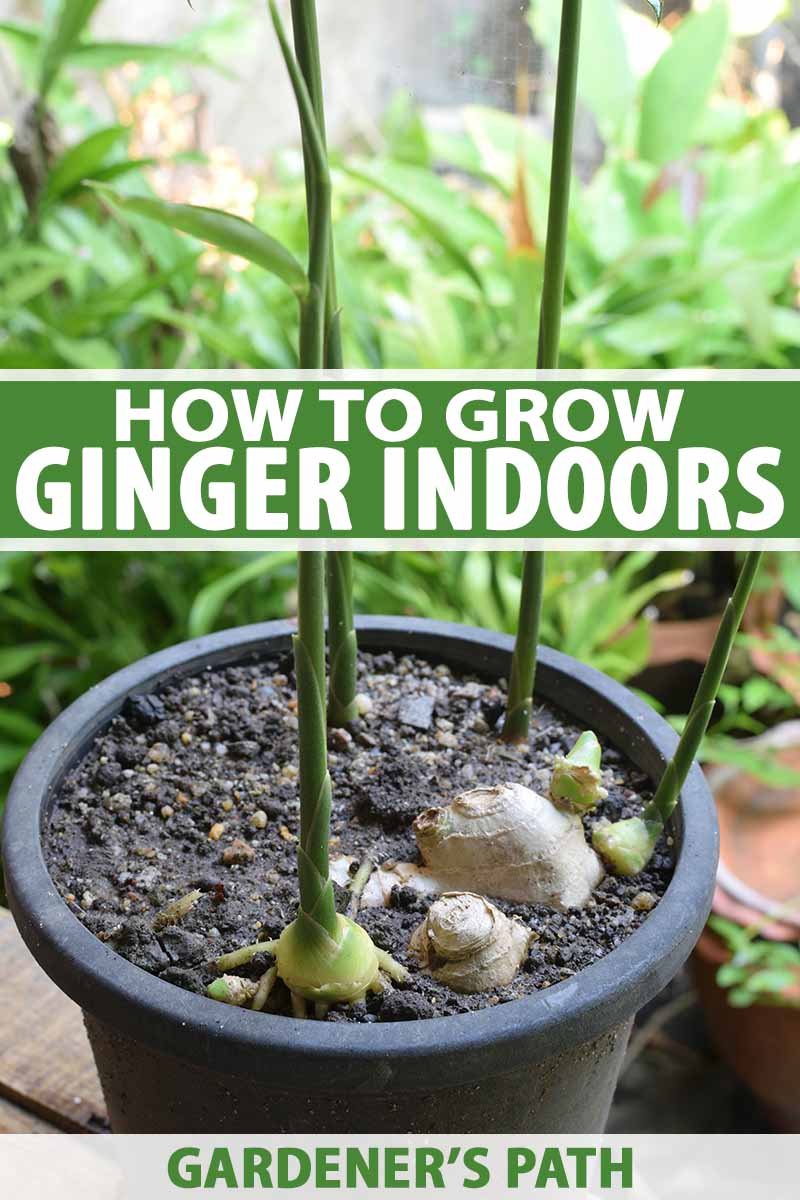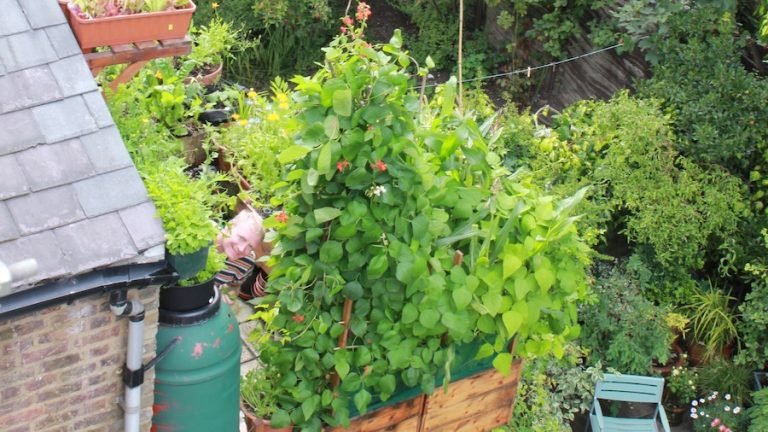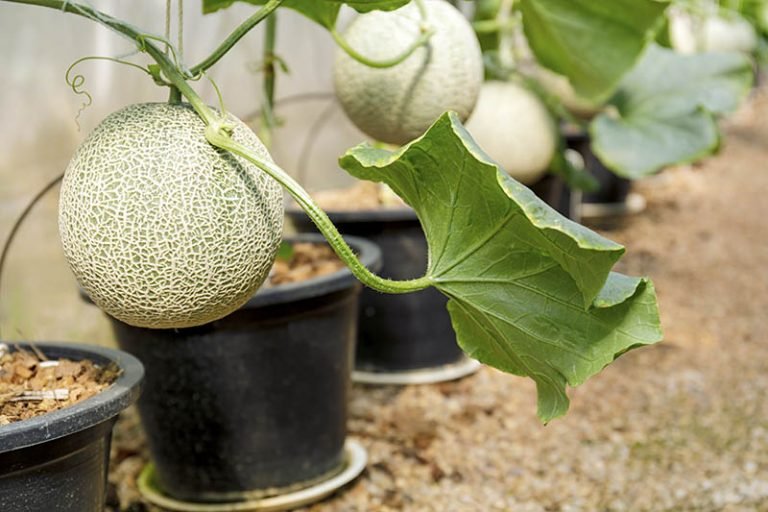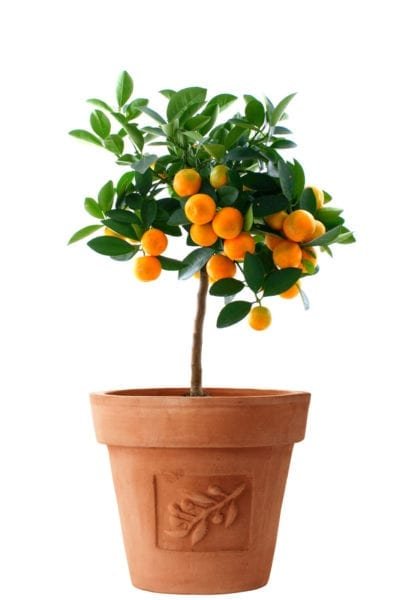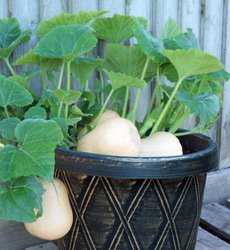how to grow ginger in a pot – [Beginners Guide]
Ginger, with its unique flavor and numerous health benefits, is a popular ingredient in many cuisines around the world. And did you know that you can easily grow your own ginger in a pot right at home? It’s true! Growing ginger in pots is a great idea for those who love gardening or simply want to have fresh ginger on hand.
As a gardener myself, I can attest to the satisfaction that comes from growing your own produce. And the great thing about growing ginger in pots is that it’s relatively easy to care for and doesn’t require a lot of space. Whether you live in an apartment with limited outdoor space or simply want to add some greenery to your windowsill, ginger is a great option for indoor gardening.
In this guide, I’ll walk you through the steps of how to grow ginger in a pot, from selecting the right type of ginger to harvest. Let’s get started!
Pot or container selection
When it comes to growing ginger at home, selecting the right pot is important for optimal growth. Ideally, you’ll want to use a pot that is at least 12 inches deep and 12 inches wide. This size of pot will allow the ginger plant to develop properly and will provide enough space for the root system to expand.
In terms of pot construction, it’s best to use a well-draining pot made from a material that allows for adequate air flow. Terracotta or ceramic pots are good options as they allow excess moisture to evaporate and prevent root rot. However, plastic pots can also work, as long as there are holes in the bottom for water to drain out.
Another important factor to consider when selecting a pot for ginger is the weight of the pot when it’s filled with soil and a growing plant. A pot that is too lightweight may tip over, while a pot that is too heavy may be difficult to move. Look for a pot that is sturdy and has a good weight balance.
Overall, when selecting a pot for growing ginger, it’s important to choose a pot that is large enough to accommodate the root system and provides good drainage. A well-draining pot made from a material that allows for air flow and has a good weight balance will ensure that your ginger plant grows strong and healthy.
Make suitable soil mix
To grow ginger at home, it’s important to use the right type of soil mix to ensure optimal growth. Ginger plants prefer a soil mix that is well-draining and nutrient-rich. A good soil mix for ginger can be made by combining equal parts of peat moss, perlite, and garden soil.
The soil mix should also have a slightly acidic pH between 6.0 to 6.5. This can be achieved by adding a small amount of compost or using a pre-mixed potting soil that is formulated for acid-loving plants.
In addition to the right soil mix, it’s important to ensure that the soil stays consistently moist but not waterlogged. Ginger plants will suffer if they are left in standing water or if the soil is allowed to dry out completely.
The correct soil composition is essential for optimal growth and health of your ginger plant. A well-draining, nutrient-rich soil mix with the right pH and proper moisture level will provide the ideal growing conditions for your ginger to thrive.
How to plant the ginger?
Growing ginger in a pot at home is a simple and rewarding process. Follow these easy steps to get started:
- Step 1: Choose your ginger
Start with a fresh, organic ginger root from the grocery store. Make sure the root is plump and has visible buds, called “eyes”, on it, as these will grow into shoots. - Step 2: Prepare the pot and soil
Fill a 12-inch deep and 12-inch wide pot with a well-draining soil mix. The soil mix should be equal parts of peat moss, perlite, and garden soil. The soil should be slightly acidic with a pH between 6.0 to 6.5. - Step 3: Plant the ginger
Cut the ginger root into pieces, each with at least one “eye”. Plant the pieces, with the “eyes” facing up, about 2-3 inches deep into the soil. Space the pieces about 4-6 inches apart. - Step 4: Water and fertilize
Water the soil thoroughly and keep it consistently moist but not waterlogged. Fertilize the ginger plant with a balanced fertilizer once a month. - Step 5: Provide proper lighting and temperature
Ginger plants prefer bright, indirect light and a warm, humid environment. Provide these conditions to ensure proper growth. - Step 6: Harvest and enjoy
It takes about 9-10 months for ginger to mature. Once the leaves start to yellow, it’s time to harvest. Simply pull the ginger root out of the soil and use as desired.
With proper care and attention, your ginger plant will grow strong and healthy, providing you with fresh ginger for cooking and natural remedies. Happy gardening!
How to care for ginger?
How to Care for Ginger in a Pot at Home
Watering Requirement
Ginger needs to be kept consistently moist but not waterlogged. It is best to water the plant thoroughly and then wait until the top inch of soil is dry before watering again. In general, this will be about once a week for most climates.
Fertilizer Requirement
Ginger plants can benefit from regular fertilization. An all-purpose, balanced fertilizer can be applied every 4-6 weeks. It is best to follow the instructions on the fertilizer package and adjust according to your plant’s needs.
Sunlight Needs
Ginger prefers bright, indirect light, but can also tolerate some direct sunlight. It is important to protect the plant from intense afternoon sun, which can scorch the leaves.
Pruning & Training
Pruning is not necessary for ginger, but removing any yellow or dead leaves will help the plant look its best. Training may be necessary to control the height and spread of the plant, especially as it matures and produces more stems.
Other Care
It is important to monitor for pests such as spider mites or mealybugs, which can infest ginger plants. Regularly inspecting the plant and promptly removing any pests will help to keep the plant healthy. Additionally, the pot should have good drainage to prevent root rot, and the soil should be kept lightly moist but not waterlogged.
By following these care tips, your ginger plant should thrive and provide you with fresh, flavorful ginger root for cooking and medicinal purposes.
Common problems
Common Problems with Ginger in a Pot at Home
Pests & Insects
Common pests that affect ginger plants include spider mites, mealybugs, and aphids. These pests can cause yellowing of the leaves, stunted growth, and reduced root production. Regularly inspecting the plant and promptly removing any pests is important to keep the plant healthy and prevent pest infestations.
Diseases
Ginger is susceptible to a few diseases, including root rot, leaf spot, and stem rot. Root rot can occur if the soil is too wet, while leaf spot and stem rot can be caused by fungal infections. To prevent disease, make sure the pot has good drainage, avoid overwatering, and practice good hygiene by removing any yellow or dead leaves from the plant.
Poor Production
Improper fertilization and soil quality can result in reduced root production. Regular fertilization with a balanced fertilizer and ensuring the soil is well-drained will help keep the plant healthy and productive.
Other Issues
Ginger plants can also be affected by improper lighting conditions, such as too much direct sunlight or too little light. Yellowing of the leaves can indicate that the plant is not getting enough light. Providing bright, indirect light will help the plant thrive.
By understanding these common problems and taking steps to prevent them, your ginger plant should be healthy and productive for years to come.
Harvesting & storing homegrown ginger
Harvesting and Storing Homegrown Ginger
Harvesting
Ginger plants are ready to harvest when the foliage starts to yellow and die back. This typically occurs 9-10 months after planting. To harvest the ginger root, gently dig around the plant with a garden fork and carefully lift the root from the soil.
The ginger root can be used fresh or stored for later use. To store fresh ginger, gently scrub the root to remove any dirt, then wrap it in a paper towel and place it in a plastic bag in the refrigerator. Fresh ginger can be stored in the refrigerator for up to 3 months.
Knowing When They Are Ready
The ginger plant is ready to be harvested when the foliage starts to yellow and die back. At this stage, the ginger root has developed to its maximum size and will be at its peak of flavor and tenderness. To check the readiness of the root, you can gently dig around the base of the plant with a garden fork to see if the root has reached a good size for harvesting.
Storing
In addition to refrigerating fresh ginger, it can also be frozen for longer storage. To freeze ginger, peel the root and slice or grate it, then place the pieces in an airtight container or plastic bag in the freezer. Frozen ginger can be stored for up to 6 months.
Another option for storing ginger is to preserve it in sugar syrup. To make ginger syrup, peel and slice the ginger root, then simmer it in a syrup made of equal parts sugar and water until the ginger is tender. The ginger can then be stored in the syrup in the refrigerator for up to 6 months.
By harvesting and storing your homegrown ginger properly, you can enjoy its flavor and benefits for many months to come.
Growing ginger in container – Conclusion
Conclusion
Growing ginger in a pot at home is a fun and rewarding experience. By following the steps outlined in this guide, you can successfully grow your own ginger root and enjoy its many health benefits and culinary uses. From selecting the right pot and soil, to providing adequate light, water, and fertilization, to harvesting and storing your ginger, you will be well on your way to a thriving ginger plant.
Here are some key takeaways to keep in mind:
- Choose a well-draining pot and soil for your ginger plant.
- Provide bright, indirect light and water your plant regularly to keep the soil moist but not waterlogged.
- Fertilize your ginger plant regularly with a balanced fertilizer.
- Be vigilant for common pests and diseases and take steps to prevent and treat them as needed.
- Harvest and store your ginger properly to enjoy its benefits for many months to come.
So why not give it a try and start growing your own ginger in a pot today! With a little care and attention, you’ll have a bountiful harvest of this versatile and flavorful root vegetable to enjoy in your own home.

